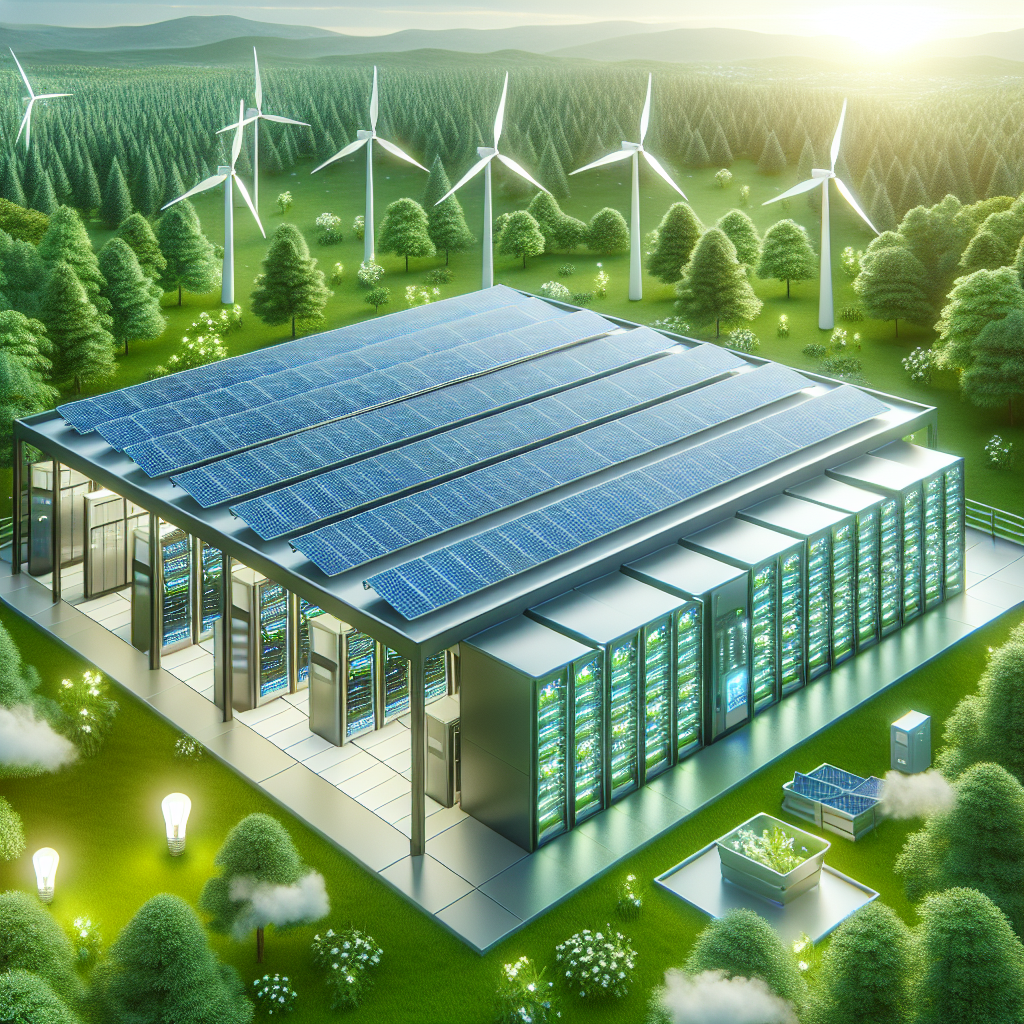In today’s world, the push for sustainability and environmental responsibility is more important than ever. As industries continue to grow and evolve, the demand for energy and resources also increases, leading to a greater strain on our planet. One industry that consumes a significant amount of energy is data centers. These facilities are vital for storing and processing vast amounts of data for everything from social media platforms to e-commerce websites. However, the energy consumption of data centers is a major concern, as they can consume massive amounts of electricity and contribute to greenhouse gas emissions.
With the increasing focus on sustainability and energy efficiency, data centers have a unique opportunity to lead the way in building a greener future. By implementing innovative technologies and practices, data centers can reduce their energy consumption and carbon footprint while still meeting the growing demand for data storage and processing. Here are some ways that data centers can improve their energy efficiency and help pave the way for a more sustainable future:
1. Implementing Energy-Efficient Cooling Systems: One of the biggest energy consumers in a data center is the cooling system. Data centers generate a significant amount of heat from the servers and equipment running constantly. By implementing energy-efficient cooling systems, such as using outside air or water for cooling, data centers can reduce their energy consumption and lower their carbon footprint.
2. Utilizing Renewable Energy Sources: Another way data centers can improve their energy efficiency is by utilizing renewable energy sources, such as solar or wind power. By generating their own clean energy on-site, data centers can reduce their dependence on fossil fuels and lower their greenhouse gas emissions.
3. Virtualization and Consolidation: Virtualization technology allows data centers to run multiple virtual servers on a single physical server, reducing the number of servers needed and ultimately lowering energy consumption. By consolidating servers and optimizing workloads, data centers can improve efficiency and reduce energy costs.
4. Energy-Efficient Hardware: Investing in energy-efficient servers and equipment can also help data centers reduce their energy consumption. Energy Star-certified servers and equipment are designed to use less energy while still providing high performance, making them a smart choice for data centers looking to improve their efficiency.
5. Monitoring and Optimization: Implementing real-time monitoring and optimization tools can help data centers identify areas where energy is being wasted and make adjustments to improve efficiency. By constantly monitoring energy usage and making adjustments as needed, data centers can ensure they are operating at peak efficiency.
Overall, data centers have a significant opportunity to lead the way in energy efficiency and sustainability. By implementing innovative technologies and practices, data centers can reduce their energy consumption, lower their carbon footprint, and help build a greener future for generations to come. With the growing demand for data storage and processing, it is crucial that data centers prioritize energy efficiency and sustainability to ensure a sustainable future for our planet.


Leave a Reply